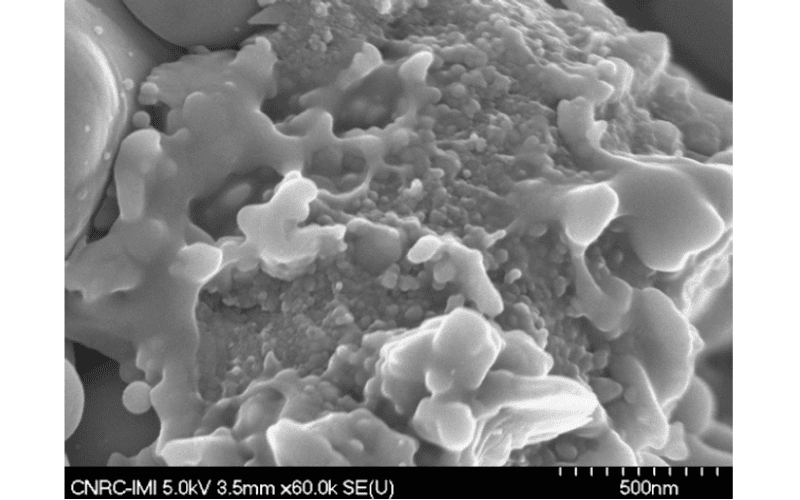July 17, 2007
Influence Of Particle Temperature And Velocity On The Microstructure And Mechanical Behaviour Of High Velocity Oxy-Fuel (HVOF)-Sprayed Nanostructured Titania Coatings
Nanostructured titania feedstock powders were deposited via high velocity oxy-fuel (HVOF) spraying onto Ti–6Al–4V substrates. Using in-flight particle diagnostics, different particle temperatures and velocities were employed in order to reveal their effects on microstructure and mechanical properties of the coatings. A series of linear dependencies were observed involving processing conditions (i.e., in-flight particle temperature and velocity) and characteristics of the resulting coating microstructural features and properties, such as, phase composition, Vickers microhardness and the deflection of Almen strips (residual stress). High-bond strength values were observed when compared with other ceramic thermal spray coatings available in the literature. This study provides different levels of information on the processing of nanostructured ceramic powders via HVOF spraying and opens possibilities for development and application of HVOF-sprayed nanostructured titania coatings in the biomedical field and other disciplines, where superior mechanical behaviour is required.
Key words: Thermal spray, High velocity oxy-fuel (HVOF), In-flight particle diagnostics, Nanostructured titania (TiO2), Microstructure, Bond strength
Originally published at Journal of Materials Processing Technology (Volume 198, Issues 1–3, 3 March 2008, Pages 426-435)
By M. Gaona, R.S. Lima, B.R. Marple
